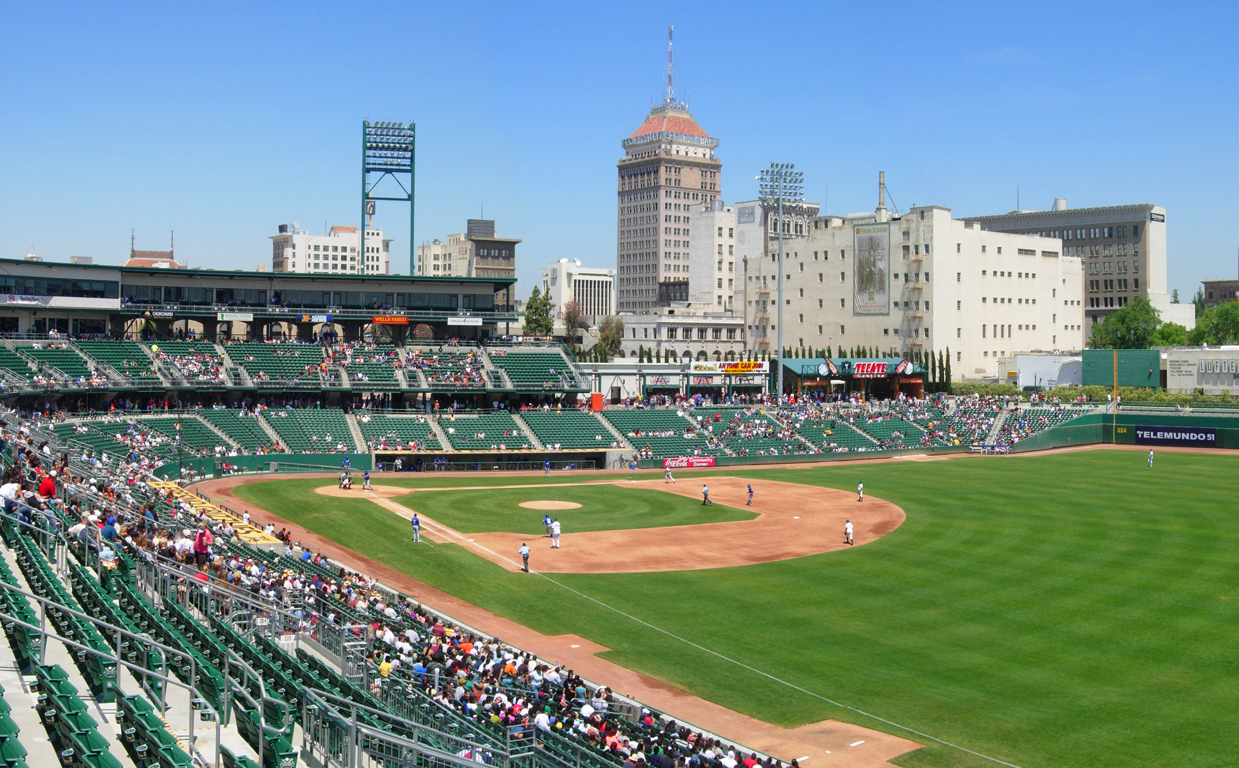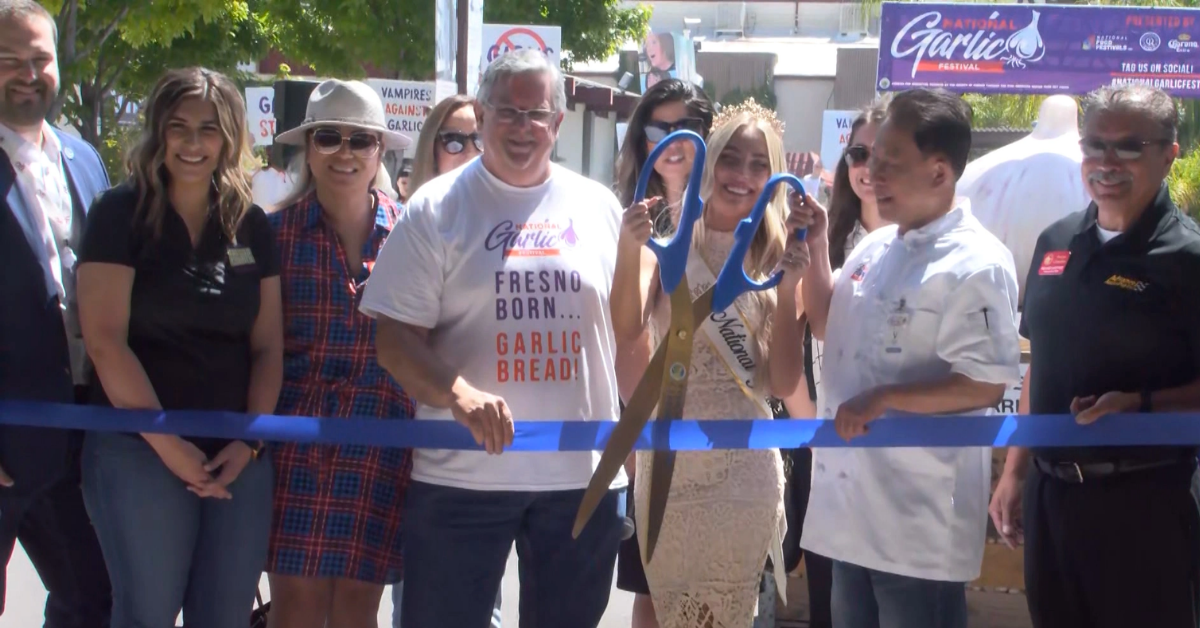Fresnans have until Sept. 25 to submit written comments on a plan to transform Southwest Fresno.
Oliver Baines is a big reason we’re at this point. Darius Assemi will be a big reason if the plan succeeds.
The draft environmental impact report for the proposed Southwest Fresno Specific Plan is now available for public review.
City Hall says there is a copy for review at the West Fresno and Downtown libraries and on the city’s website (www.fresno.gov/southwestplan). A copy for review is also at the Mary Ella Brown Community Center, the Hinton Community Center and the West Fresno Family Resource Center.
The 45-day public review period began on Aug. 9. The Planning Commission is slated to debate both plans on Oct. 18. Everything is supposed to land on the City Council’s dais on Oct. 26.
The EIR is 564 pages. The Specific Plan is 156 pages.
Plans, of course, have long been a staple of municipal government in Fresno. Executing those plans – well, that’s a different story.
We all wish the best for the Southwest Fresno plans. A safe, productive and happy Southwest Fresno makes for a safer, more productive and happier Fresno. We’re all in the same boat.
The area in question is about five square miles located on the edge of traditional West Fresno. The crescent-shaped area extends from Highway 180 in the north to Highway 41 in the south.
The historic neighborhoods of West Fresno, those closest to Downtown, are not included in the Specific Plan. Those neighborhoods are already covered in the Downtown Neighborhoods Community Plan.
The EIR lists six major issues to be resolved:
· “Whether this Draft EIR adequately describes the environmental impacts of the proposed Plan.”
· “Whether the benefits of the proposed Plan override those environmental impacts that cannot be feasibly avoided or mitigated to a level of insignificance.”
· “Whether the proposed land use changes are compatible with the character of the existing area.”
· “Whether the identified goals, policies, or mitigation measures should be adopted or modified.”
· “Whether there are other mitigation measures that should be applied to the proposed Plan besides those Mitigation Measures identified in the Draft EIR.
· “Whether there are any alternatives to the proposed Plan that would substantially lessen any of the significant impacts of the proposed Plan and achieve most of the basic objectives.”
The EIR goes on to list five challenges that figure to be of particular concern to the public (West Fresno residents, of course, would be at the top of this audience):
· Groundwater/soil contamination.
· Traffic impacts in and around the Plan Area, including parking, transit access, and safe pedestrian and bicycle safety and connections.
· Affordable housing.
· Cultural resources.
· Eminent Doman.
The Southwest Fresno Specific Plan itself is inspiring in its vision.
“Southwest Fresno is an area with a great amount of potential that has yet to be tapped,” the Plan states. “The Southwest Fresno Specific Plan Area is made up of large swaths of developable land and the surrounding Sphere of Influence contains miles of green fields. The Southwest Fresno Specific Plan’s long-term vision for Southwest Fresno imagines all of these areas to become places where people live, play, work, and learn. Southwest Fresno would become its own vibrant set of communities and be well-connected to Downtown, strengthening the overall image and livability of the city.”
The introduction goes on to note that the plan was created with a lot of input from the Southwest Fresno community. The plan’s guiding principles are housing, retail, parks/open space and jobs/economic development.
For example, the four main goals under jobs/economic development are:
· “Prepare, mentor, and train Southwest Fresno residents, including youth, to become better qualified for existing and future employment within Southwest Fresno by providing appropriate services, programs, and facilities.”
· “Locate employment uses so that they do not conflict with residential areas, but are still conveniently accessible by various modes of transportation.”
· “Attract desirable employment to Southwest Fresno by locating them near retail and regional access points.”
· “Encourage future job opportunities to shift from unskilled, low-wage jobs to skilled, higher-education jobs.”
West Fresno has had its share of trouble over the decades. The reasons for this state of affairs are many. There are strong disagreements about which reasons are the most important.
The public debate over the next two months on the EIR and the Specific Plan almost certainly will highlight those reasons and disagreements. That’s A-OK – democracy would have it no other way.
District 3 Council Member Oliver Baines will be at the forefront of the public discussion. He represents West Fresno and was instrumental in moving the Specific Plan project from the “talk” stage to the “action” stage.
Baines is termed out in about 16 months. He most likely has eyes on higher political office. The Southwest Fresno Specific Plan will serve him well on the campaign trails.
Darius Assemi, of course, is president of Granville Homes. He’s part of the rich and powerful Assemi Family empire.
As noted above, much of the Specific Plan’s five square miles is undeveloped or lightly developed. The old Running Horse project is part of the Specific Plan area. Running Horse is now an almond orchard called Mission Ranch. The Assemi family is among Mission Ranch’s owners.
To make a long story short, Assemi and Granville Vice President Jeff Roberts about four years ago had to do some heavy-duty negotiating with West Fresno leaders to get their support for the idea of planting an orchard where luxury homes and a golf course were once planned.
Local activists said the orchard’s operation (spaying, etc.) would endanger the health of nearby residents.
Just about everyone wanted the old Running Horse site developed as originally planned – houses, entertainment, business. Such development would be a catalyst for all of West Fresno.
Assemi and Roberts said the market in 2013 wasn’t ready for such ambitious development. Let’s plant the site in almonds, the Granville folks said, and we’ll return in 10 or 15 years and begin work on the desired projects.
We promise, the Granville folks said.
Granville and the West Fresno leaders made a deal. Running Horse got a new name and a new (but temporary) purpose.
Four years went by in a hurry. I’m looking forward to the City Council’s review of the Specific Plan. I hope Baines asks Assemi to come to the Council Chamber’s public microphone.
“So, tell us, Mr. Assemi,” Baines might say. “When does Mission Ranch become houses?”











Look Oliver Baines:
This is the ‘crown jewel’ of the City of Austin…why not in the S.W. here in Fresno. The larger Community of Austin supports and celebrates Community First. Wouldn’t this be a ‘plus’ and a game changer for neighborhoods adjacent to downtown Fresno?http://mlf.org/community-first/
Or ‘this’ ….https://www.treehugger.com/tiny-houses/cass-community-social-services-tiny-houses-low-income-homeless.html